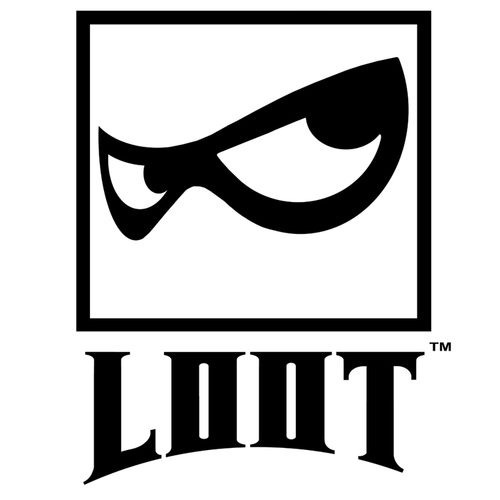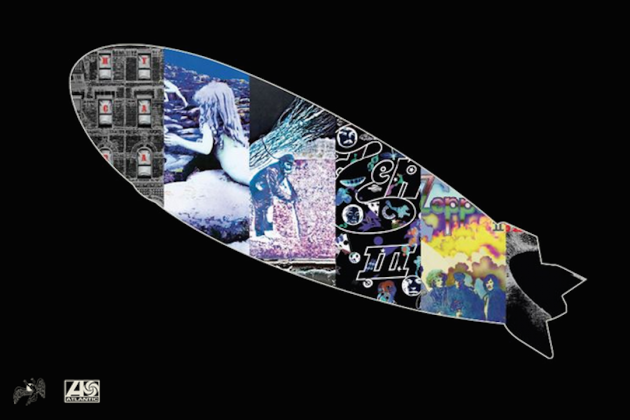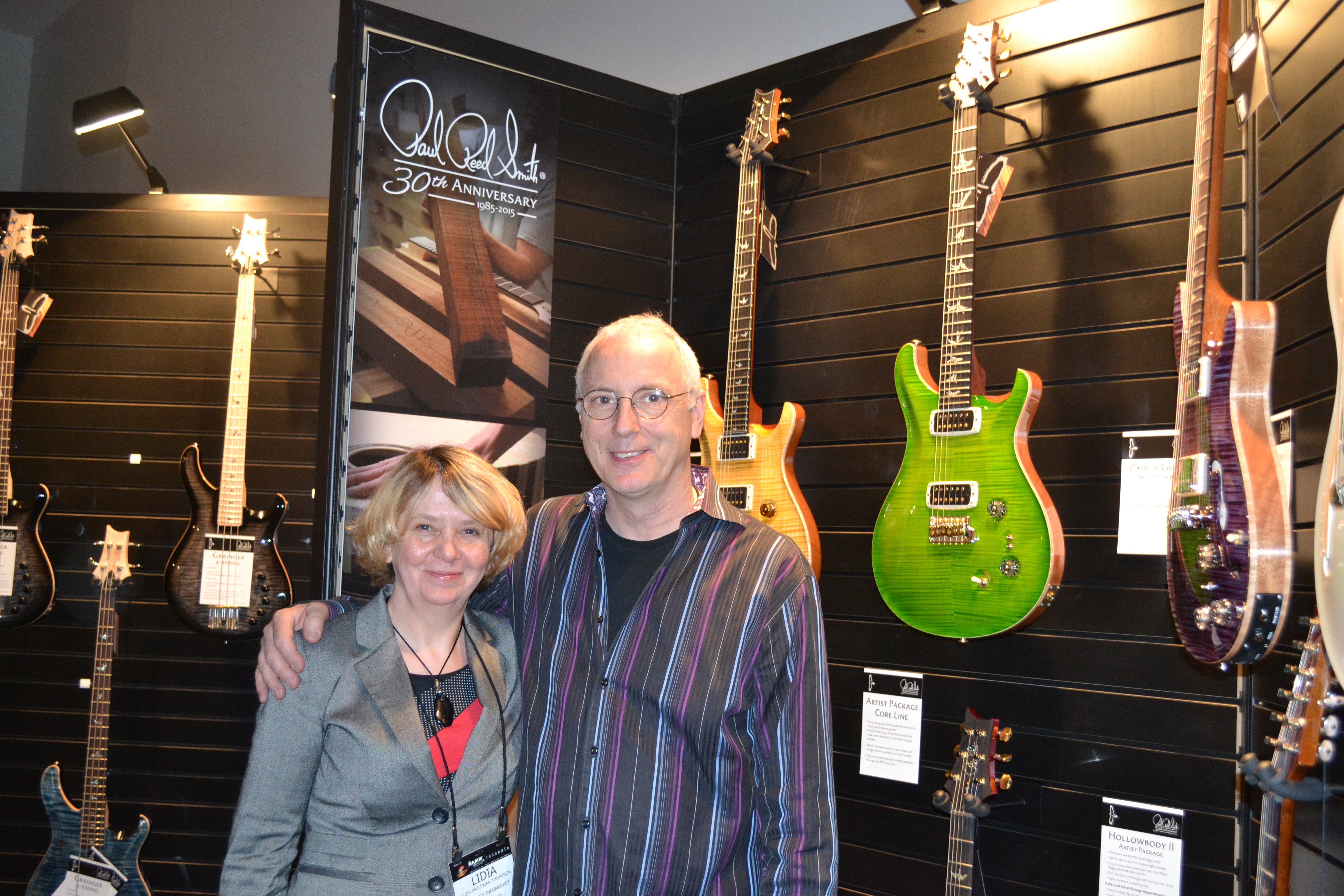
by Lidia Paulinska | Jun 25, 2015
At E3 2015 we had a chance to sit down for a 1:1 with Loot Interactive co-founder David Sterling at their first “press and partner” evening event held at the show. In a very well attended event at a local Mexican restaurant we talked to David about the Indie game marketplace and how Loot Interactive was trying to stand-out from the crowd.
Unlike most indie publishers, they are not targeting just F2P games on the mobile phone & tablet platforms. Instead they are going for the console market because the environment is more immersive, a directed action (you are choosing to play a game not killing time until a bus or train) with a bigger screens. While the games they are currently publishing are based on the Unity flow and not epic graphics crazy, the ability to build challenging stories for the game allows them to present a new spin on the discovery game genre.
The console, due to its closed operating system, known hardware configuration and now integrated connectivity allows the games to streaming based so there are options for more engaging action than a single download mobile game. As an indie publisher, they can search for games from innovative developers from different genres and bring the games together. The purpose was to help expose these interesting games and unique stories that otherwise would not be told to a large audience. It also allows them to developmentally, try different content approaches to AR and VR with products like the Sony Morpheus platform. This can bring new experiences to the user, and as an indie publisher, bring a variety of titles to the product rather than relying on just continuation of a single franchise title.
At this time, David is focusing on finding new titles, and new developers to bring into their publishing fold. Down the road, the group will be looking into implementation of the transmedia angles on the titles they produce. Being able to support other types of media – books, table games, TV, movies, etc is always important for a creative story – but for now, Loot Interactive is focusing on the console game aspects. David indicated they need to full establish themselves and get a foot hold in the market, before branching off into to many other things – that is how companies get lost in the growth cycle.

by Lidia Paulinska | Jun 24, 2015
When asking the question of what the weather will be tomorrow, we can easily find the answer paging through the morning newspaper, turning the dials on the radio or TV stations, or just by surfing on the Internet. The weather forecast is an essential piece of information which allows us to make an immediate decision, such as what kind of clothing to wear, depending on the temperature climate, in order to not get too warm or too cold. It can also let us know if our flight to San Francisco was cancelled due to extreme weather conditions. Such dependable information gives us the comfort of awareness, but our lives will not be endangered if we do not have any knowledge about it.
The situation seems completely different when inquiring about one’s health for the next day, week or month. There are three possible scenarios: we will wake up in great shape, we will wake up being sick, perhaps with a cold or flu, or we will find out our future will never be the same because we will get diagnosed with a terminal illness.
So, how can we predict one’s well-being as accurately as we can predict the weather?
The answer for this question is crucial for our human existence, so why don’t we know the answer? Presently, we do not have the answers yet, but it looks like this is going to change very soon. Temporary medicine is going in the direction of predictive and preventive.
Biotechnology is driving these changes. The widespread availability of sensors and transmitters, massive use of mobile devices, increase in sophistication of the Internet and data analytics, make them happen rapidly.
These tremendous hopes come from a discovery of human genome, that give us an unprecedented opportunity for contemplate our own biological and psychological make-ups. Thanks to rapid progress in the technology arena, the cost of genome sequencing came to the consumer world. The full genome analysis is still for many of us out of financial reach but for an affordable price it is possible to get a sample of personal characteristics and evaluation of risk to certain illnesses and their ancestries. That opens the door for personalized medicine where drugs are prescribed specifically for the patient’s biochemistry instead of blind errors.
American biologist, expert in biotechnology field, Leroy Hood, described the future of medicine as 4P: Predictive, Preventive, Personalized and Participatory. Predictive and Preventive use the genome characteristics and environmental conditions to forecast what is necessary to maintain wellness and prevent future illnesses. Personalized and Participatory because it is target certain individual who is involved in collecting and interpreting the data about his/hers health condition.
Often or non-stop monitoring the body functions and transferring this data to medical personnel can be very helpful in preventive and personalized medicine. Not that long ago, the medical patients were going through routine, basic medical tests and their data information were stored in the medical clinics until their next visit. Today digital health goes mainstream. Smartphones, our personalized computers, stores our medical data and give us the opportunities like never before. Due to many applications on its screen we can monitor our sleep pattern, measure blood pressure, evaluate the stress level or monitor taking prescribed drugs and storage all those information for easy access for a patient and medical personnel.
Today medicine changed our approach to diagnosis and cure the illnesses as well as our thinking about longevity. It hard to imagine that DNA sequencing was discover only 60 years ago.

by Lidia Paulinska | Apr 20, 2015
Occasionally in life we have a rare opportunity to re-live some of the more exciting and memorable cultural experience of our past. And so it was this week when we had the unique opportunity to enjoy an extraordinary big-screen showing of selected historic performances by the incomparable Led Zeppelin, one of the most creative and influential rock bands of all time. This one-night-only cinematic extravaganza spanned the band’s incredible career from 1970 to 1979. The film that featured several classic live performances was cleaned up, converted to digital and had the sound track remastered under the oversight of Fathom Events.
Viewers were treated to a larger-than-life concert experience featuring the band’s legendary performance from London’s Royal Albert Hall in January 1970, their historic dates at New York’s Madison Square garden in July 1973, their triumphant five-night run at London’s Earl’s Court in May 1975, and their record-breaking shows at England’s Knebworth Festival in August 1975.
The genius of singer-lyricist Robert Plant, the shrieking guitar brilliance of Jimmy page, the unrelenting power-drive of drummer John Bonham all combine in a synergistic amalgam to create what is probably the greatest rock and roll band has ever known…a seamlessly unified whole that was the sum of its genius parts. And although Led Zeppelin is known as one of the progenitors of heavy metal, the influences that shaped them are varied as their music: acoustic folk ballads, pop guitar, James Brown, country, Motown, traditional riffs, and what’s been called the trance-inducing element of blues repetition, all resulting in such varied works as “Whole Lotta Love” (’69), “Kashmir” (’75), “Rock & Roll” (’71), “All My Love” (’79), and “Stairway to Heaven” (’71).
But their time of personal glory was not to last. In September 1980, drummer John Bonham died suddenly of asphyxiation as a result of alcoholism and the tragedy of that loss marked the end of the magical synergy that was Led Zeppelin. A press release at the time read, “We wish it to be known that the loss of our dear friend, and the deepest sense of undivided harmony by ourselves … have led us to decide that we could not continue as we were. “ Signed simply “Led Zeppelin”. The “undivided harmony” was shattered forever and the music fell silent; the combined effect of all their creative geniuses was essential to sustain the whole and suddenly that unity was lost, but their extraordinary legacy was alive for us this week on the big screen, four decades and a lifetime after its inception, and for that we are very grateful indeed.

by Lidia Paulinska | Apr 19, 2015
While at NAB 2015, we had a chance to have a 1;1 talk with new Global President of Professional AV for Roland Corp Kim Nunney. Kim steps into this role from his recent position of North American President for Roland Corp. Kim and his team were credited with the turnaround on the North American marketplace for both the consumer and professional products.
To kick off the discussion, as there is so much encroachment of consumer level up into the professional market place with features and motivation to produce more price aggressive and lower entry points of the professional market what is “pro AV for Roland”? Kim defined this space under two themes – the Professional AV space is a B2B marketplace, it deals with performers, studios and stages. The core technologies for these markets are live sound and broadcast audio & video. The Roland path is to develop hardware to simplify the live performance and broadcast control with new UIs for the equipment.
Kim went on to discuss that device they are making are focused on high level content – 4:4:4 for broadcast, 4:2:2 for live events for the video side, 24bit/96K for the audio both in the digital domain. These ae important as the use of the devices for streaming applications should be treated the same as for “live” as they are both temporal delivery without the option to miss capture or mess up on playout. The professional line is for reliability, repeatability and configurability so they can not only be setup as needed, but are always available when call on.
For these applications, the Roland Pro AV products deal with the front end of the signal flow – DRM, wrappers, metadata, security & encryption are done after the hardware in post or before the equipment on ingest. The newest generation of the product are all network integrated and aware, which makes for connectivity on an in-house or hybrid (in-house and cloud) workflow are supported in native mode for the devices.
Kim indicated that the trend is to continue this same high reliability both mechanically and electrically on the products to be able to produce the best live performance & broadcast experience and simplify the control & interface with software.
The company has a strong history in the Pro AV space and the newly re-vitalized Roland is aggressively moving towards delivering new modular products to the market that have the capability to address emerging audio and video standards, without having to make the customers develop new workflows. Kim hopes to be able to duplicate the North American business units success on a global basis with the professional products.

by Lidia Paulinska | Mar 11, 2015
Paul Reed Smith is a master luthier and the founder and owner of PRS Guitars which is considered one of the top makers of high quality guitars in the United States. Carlos Santana, Orianthi, Jimmy Buffett all claim their PRS guitars are their favorite instruments. Ted Nugent has owned a PRS guitar for decades. Mike Oldfield, Larry LaLonde, Al Di Meola have also used PRS guitars in public performances.
It was a strong passion to make it?
There was a strong passion to be at the band. I wanted this piece of gear but I did not have money so I needed to make it. So if I wanted to base I made it if I wanted a guitar I made it. Because I wanted the staff people at the band have but I can’t get money from my family so I made it.
Apparently that was easy for me to do it, I can measure something and make it. That was fun I enjoy it and then I started to make living by making the instruments for professional musicians and I finally got Carlos Santana and Al Di Meola and Howard Leese. From that point he started his own company as he said: there was enough power in guitar business to be endorsed so people will pay attention when he goes to market”. Santana, Leese, Di Meola there were people they took me under their wings. He decided to do it.
If I could play in the band in high caliber as Carlos’s band or Deep Purple or whatever I would done it but I wasn’t good enough musician. My decision was financially driven. If I want my kids to go to good college I needed to make living. Otherwise I wouldn’t be able to rise the family.
How did you settle on what the product line was?
It is all like baby steps. If you making the instruments for somebody you are making modifications like baby steps. There were some big steps modifications – they wanted me to change a body shape that we are using now (big step), to put the burden laze (?) major step, when we switch to get more sound from the guitar (major step). But if I met somebody like Peter Frampton and I said I wonna make a guitar I would go to the rodeo and ask to play his guitars and get an idea what he liked and I would put in the middle between his instruments. You can learned about what musicians like by using what gears they use. If I walk to the studio and I see what gears a guy is using I get general feel for it, what he likes to use. Smith – you are making a judgement where to point the gun.
Do you feel like you good at the judgments?
Sometimes perfect shot is the first shot. Sometimes it takes 30 years. With Carlos Santana the first guitar I made for him he did not like it, the second one he really, really liked. From there that was fine. John McLauglin on other hand, I was waiting for him to order a guitar from me for 30 years. One day, son, you will be good enough, one day. Now we are working on giving a shot very, very good guitar players. We see. It depends, sometimes you know from day one, sometimes you have to wait.
What wakes you up at night?
The guitar business never wakes me up at night, but struggle with people does. Never when I struggle with gears. Things between people yes, but never things between me and physics.
What is more challenging finding a the right gears or finding the people?
It is all the same bucket, I can’t separate it. I can tell you that not finding the solution can be very painful. You have so many famous people out there, if you would find the right solution for them they will give you an order. If you have an employee you have disagreement with, it can even more painful than not getting an order. The people are the both the challenge and the prize.
What do you do to manage the challenges?
I used to have a cat that sat on my lap and calmed me down. But that cat died. Right now, I focus on my 5 children – 3 blood, 2 step. They are the calming influence.
Would like them to be your successors?
No, that not fun. Why? I want them to do what they want, you can’t forcing something on somebody. My dad wanted me to be a mathematician, but I thought that did not happen. But it turns out making guitars is pure math, it took me 30 years to figure that out. He was really good in one kind of math, I am good at visualizing geometrics. If you are guitar maker you need to be able rotate the design in your head in 3-4 dimensions before you make it.




